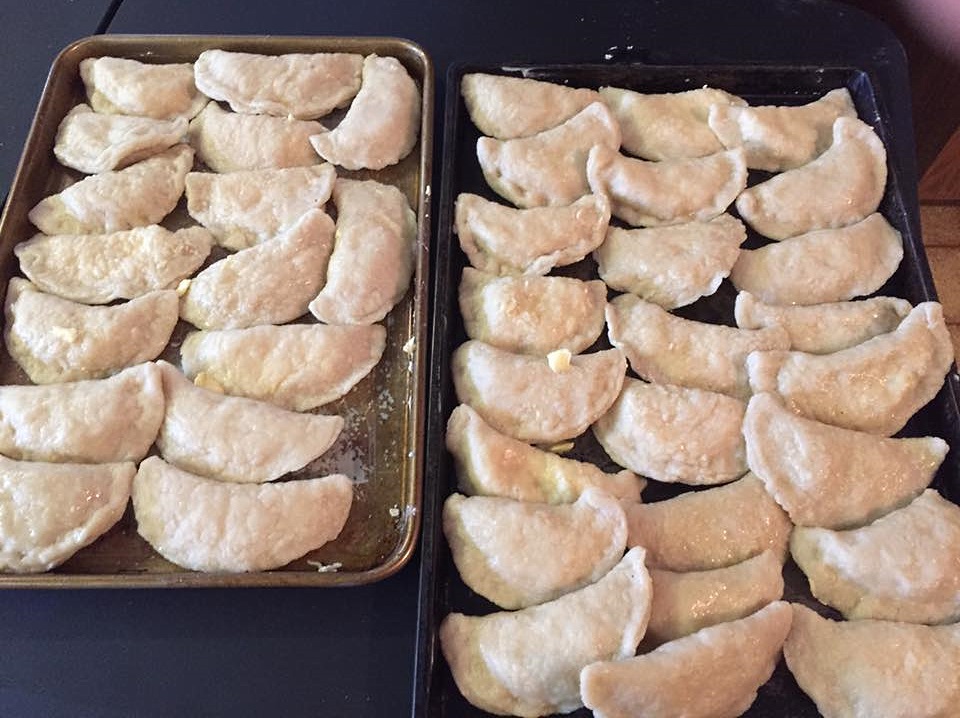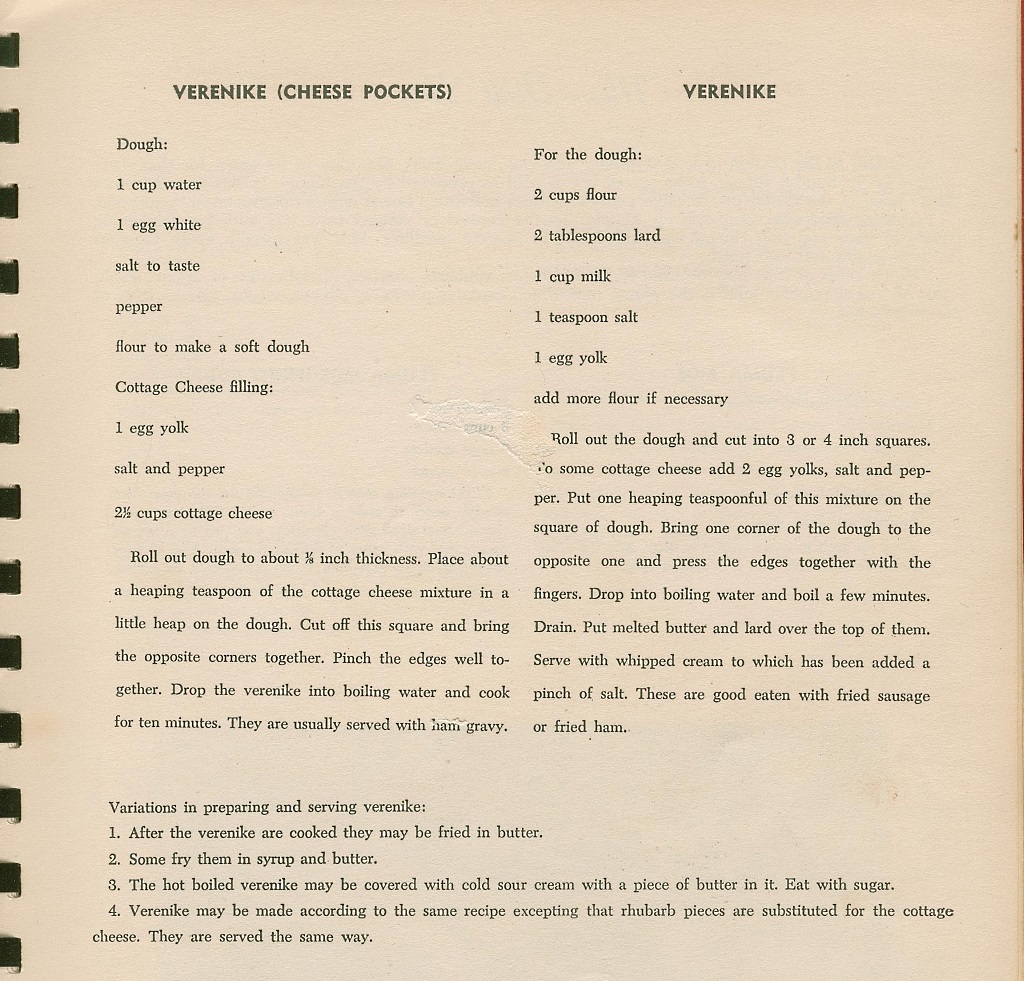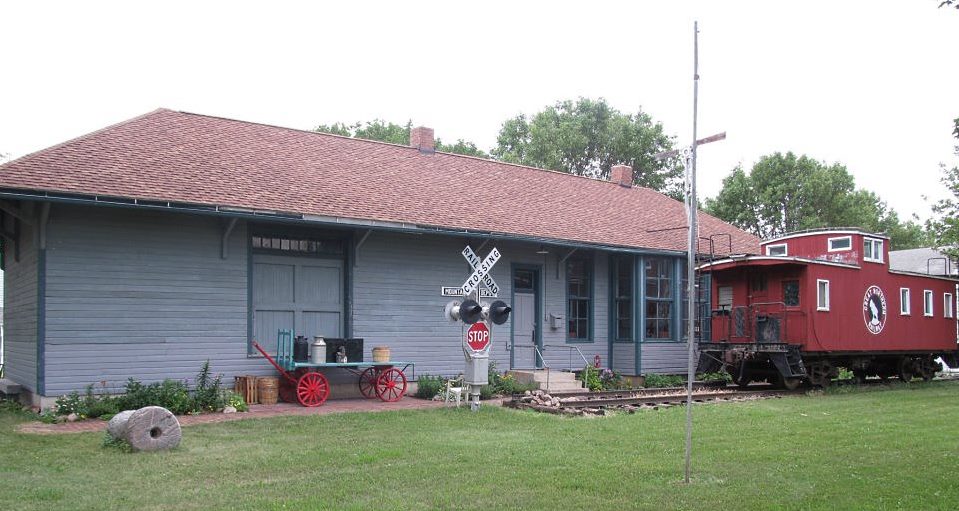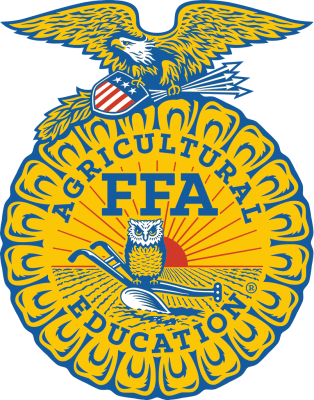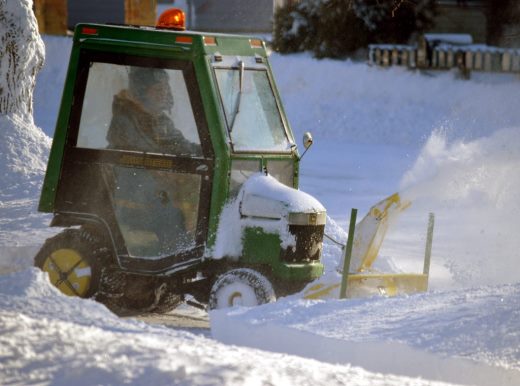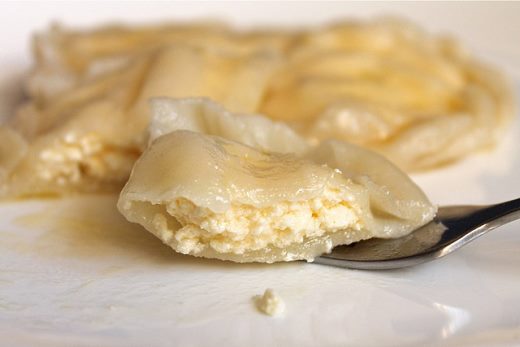Verenike-making for Christmas created cottage cheese shortage
 Maynard’s of Mountain Lake celebrating this special day!
Maynard’s of Mountain Lake celebrating this special day!
December 19, 2016 at 10:43 a.m.
It is a good day at Maynard’s of Mountain Lake!
It’s here! It’s here! Dry Curd Cottage Cheese!
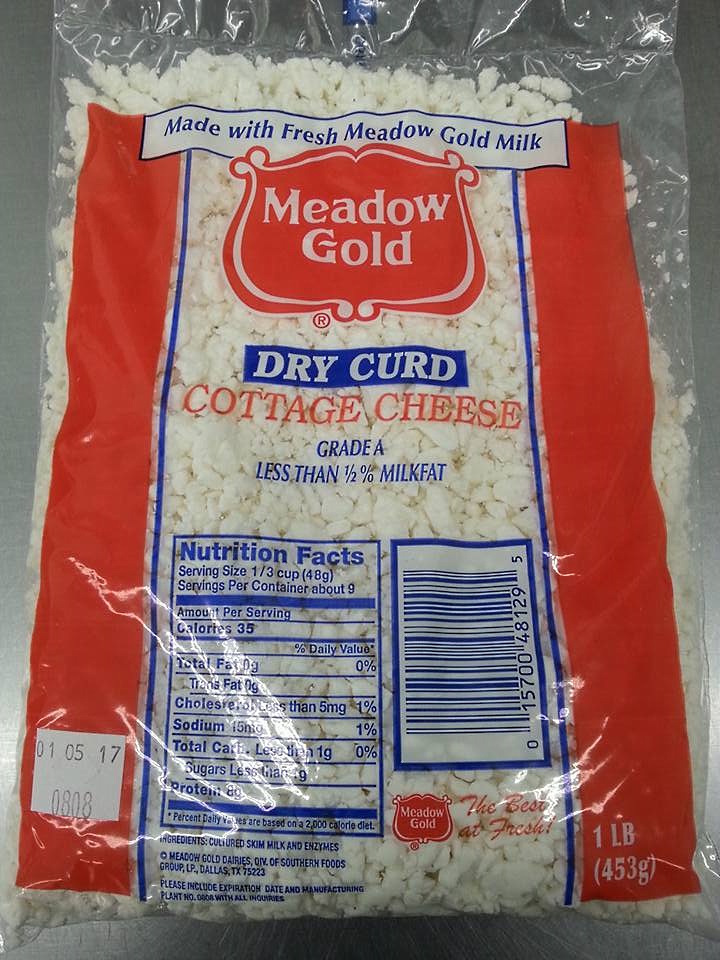

The message above was not a flashy Facebook post by Maynard’s of Mountain Lake back on Monday, December 19, 2016.
But, it was a very poignant one – especially for those recreating a part of Mountain Lake’s culinary history.
You see, dry curd cottage cheese is THE necessary ingredient for the traditional taste treat – verenike. And during the Christmas season, hundreds of the cottage cheese-stuffed dough pockets are made, fried and consumed by the “locals” – as well as by a host of family returnees for the holidays or guests on hand for festivities.
And, by mid-December, there was a “run” on dry curd at the local grocery store, and supplies had “dried up.” A phone call to the warehouse by Sue Garloff, manager of Maynard’s in Mountain Lake, stressed the urgent need for the product, especially in the land of Russian-Mennonite culture. “I told them,” Garloff explains with a laugh, “you just don’t understand what dry curd cottage cheese means to Mountain Lake.”
The product’s producer was contacted and another shipment from Meadow Gold arrived in short order – and was announced with triumphant fanfare to the eager public with the Facebook post.
Back in the day, pioneer folks made their own dry curd cottage cheese like this – the cottage cheese kettle was kept to the back of the cook stove. The clabber milk (yogurt-like substance with a strong, sour flavor that is produced by letting unpasteurized milk to sour and thicken) in the kettle was kept hot – but not boiling- in order to change it into the curds and whey. The whey was then drained to leave the dry cottage cheese.
Of course, you could try to make dry curd by pouring regular cottage cheese into a strainer and rinsing it off and then putting it out on paper towels to dry – again and again – and again – and again – and again.
Verenike resembles a dumpling or pierogi on the outside, but it is the dry curd cottage cheese filling inside that provides the time-honored piquant pièce de résistance. Usually a couple of tablespoons of the cottage cheese is stuffed inside each dough pocket. Once sealed, the verenike are carefully placed into boiling water for 10 minutes. Using a slotted-spoon, the verenike are then taken out of the boiling water and placed on a paper towel-lined plate.
You could eat them now, but they are kind of slimy and would probably taste funky. In fact, very few people actually eat them at this point. It’s kind of like eating cake without the frosting; it can be done, but there is just something special missing.
There two preparation options:

+ Fry until golden brown – in lots of yummy butter (the preferred option).
or
+ Bake.
Verenike can be eaten alone – but what is really needed is a friendly side dish of ham – and smothered in ham gravy!
Ham gravy is made from the flavorful drippings of browned ham slices or cubes. When the ham is fully browned, turn the heat to low and add flour, melting in some butter as well. Use a fork to mix the grease and flour into a paste (get the ham involved, too).
Now, add in milk – two-to-three cups, depending on how much gravy one wants. Turn up the heat to medium and stir it all together. Then . . . let it boil. When it is boiling, add in about ½ cup of heavy cream, one tablespoon of brown sugar, pepper and onion powder. Once it is the preferred consistency, add ¼ cup milk (it will thicken as it sits) and add salt – but remember, not too much, the ham is salty, too.
For many in the Mountain Lake area, it is not Christmas without them.
